You Have To Deal With Countless Buttons A Day.

In The Morning, Press The Switch Of The Alarm Clock, Press The Remote Control Of The Air Conditioner Before Going Out, Press The Button Of The Floor After Entering The Elevator, And Press The Power Button Of The Mobile Phone Before Turning On The Mobile Phone
These Buttons Have Different Sizes, Forms And Functions, But Their Functions Are The Same, That Is, To Build A Bridge Between You And The Electrical World And Make Some Magical Things Happen.

It's Not Just The Physical Buttons That Surround You. The "save" On Word, The "send" On Wechat And The "pay Now" On Taobao Are Also Important Parts Of Your Life.
After Mankind Enters The Era Of Mobile Internet, Our Life Can No Longer Get Rid Of Buttons. These Seem Logical, But It Only Took More Than A Century For Buttons To "control Mankind".
From Scratch
The Birth Of The Button Can Be Traced Back To The Second Industrial Revolution In The Mid-19th Century. After Entering The Electrical Era, Mankind Needs A Simple And Clear Way To Interact With Electrical Appliances, And The Button Came Into Being At This Time.

Unlike The Keys Pressed On A Typewriter Keyboard, A Button Only Needs To Be Pressed Once To Produce An Effect, While A Keyboard Requires People To Input Repeatedly To Output Meaningful Content.
Therefore, Even If Both Are Related To The Operation Of Finger Pressing, The Button With Simple Function And Single Function Can Carry Richer Connotation Than The Button. People Can Abstract The Button And Project The Imagination Of Power, Control And Desire On It To Make The Button Separate From The Physical Form And Become A Carrier Of Culture And Information.
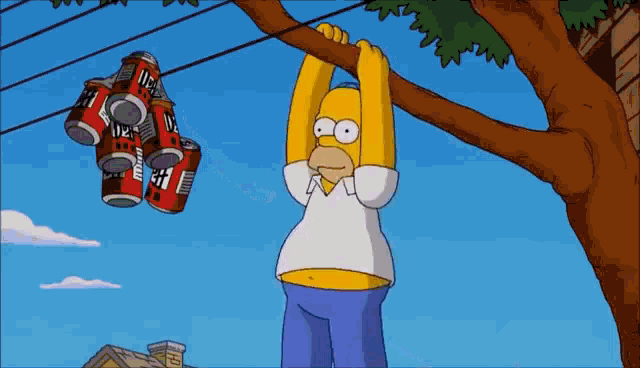
The First Responsibility Of The Button Is To Change People's Imagination Of "electricity". At The Beginning Of The Second Industrial Revolution, Electricity Was Not A Magical Energy For Most People, But A Terrible Killing Weapon.
As James W. Steele Described In A Paper On Electricity In 1892, "although Electricity Looks Docile, It Is Still Hazy, Mysterious, Untouchable, Invisible And Dangerous. It Itself Is Born For Revenge. If Anyone Rashly Wants To Touch And Control It, He Will Die."
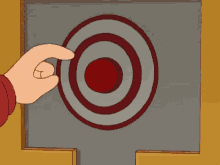
Electricity Can Drive A Light Bulb To Shine, Or It Can Instantly Take A Person's Life, Which Makes People Unconsciously Fear Electricity. To Overcome This Fear, Human Beings Must First Tame Electricity - Control It In The Simplest Way.
The Appearance Of Buttons Satisfies People's Desire To Control Electricity. The Button Is A Simple Switch, Which Is Usually Always In The "off" State. Pressing The Button With Your Finger Can Activate The "on" Instantaneously Or Continuously.
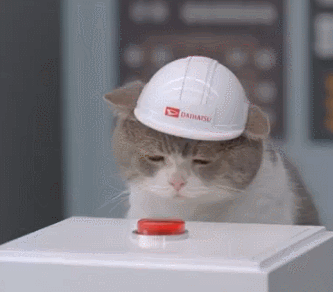
This Means That When People Press The Button, The Machine Will Automatically Take Over The State Maintenance Work. The Finger Only Briefly Starts Or Ends The Process Of Controlling The Machine. The Terrible And Complex Thing Of "operating Electricity" Is Greatly Simplified By The Button.
You Know, At That Time, Electricity Needed Experienced Electricians Or Inventors To Control. Before Using Electricity, It Needed To Go Through Complex Intermediate Links Such As Generators, Power Supply Companies, Wires, Plugs And So On, Which Were Hidden Under The Seemingly Harmless Buttons.
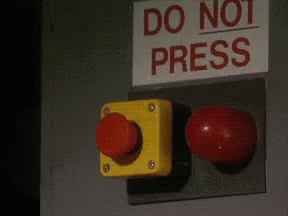
This Concealment Makes The Buttons Powerful, Because They Cut Off The Visible Connection Between Cause And Effect, Making The Whole Mechanism Behind The Scenes Disappear. People Can Only See An Ordinary And Simple Button On The Surface, Which Makes It Easy To Produce The Spectacle Of Light Bulb And Sound Of Electric Bell, Which Seems To Be An Illusion Caused By Themselves.
The First Generation To Embrace The Button Was Not Adults Living In This Electrical Revolution, But Children In The City.
Adults Who Have Just Come From The Steam Age Have A Natural Fear And Distrust Of Electricity, While Children Living In The Electrical Age Have Watched The Street Lights Lit Up By Electricity Since Childhood. They Will Be More Willing To Accept The Mysterious Relationship Between Buttons And Electrical Appliances, And Begin To Trust And Use Buttons Freely. Therefore, People's View Of Electricity Has Gradually Changed.
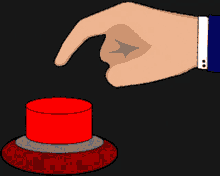
The Emergence Of Electricity Has Brought About Rapid Changes In The Urban Landscape. Modern Apartments Are Full Of New Equipment Such As Buttons To Manage Information And Communication. One Of The Important Changes Is That People Use Electricity To Replace Servants To Meet Their Wishes.

At First, Some Wealthy Families Used Whistles Or Handbells To Summon Their Servants. Later, These Tools Became Electric Bells. Pressing The Button Of The Electric Bell Can Attract The Servants. Then These Servants Were Replaced By Electrical Appliances. Pressing The Button Of These Electrical Appliances Can Meet Their Life Needs. The Button Began To Be Associated With Privilege And Pleasure And Became A Special Symbol Of Social Rank.
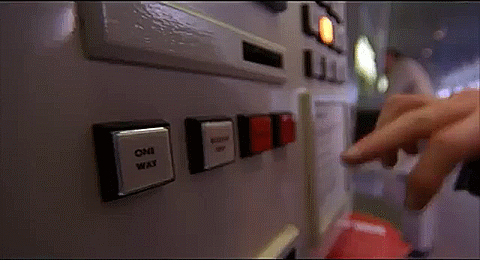
With The Advancement Of The Electrical Revolution, Electric Power Began To Enter More Industrial Production. The Management Began To Use Remote Communication Tools Such As Electric Bells To Manage Workers. Workers Were Also Learning To Use Buttons On Machines Instead Of Manual Work. Electric Power Enabled Humans To Complete Automatic Production With Their Fingers, And The Traditional Manual And Process Were Redefined By Buttons.
Gently Pressing The Button With Your Finger Can Produce A Magical Effect. This Can Provide Extraordinary Returns Without Applying Any Mechanical Force, Which Will Fascinate Everyone Who Has Been In Contact With Electrical Appliances. "Press The Button And Enjoy Happiness" Began To Be Slowly Engraved Into Human Genes.
Of Course, The Process Of Learning To Use Buttons Is Not Always Accepted Safely. Buttons Help People Use Electricity More Easily And Amplify People's Fear Of Power.

In The Literary Works At That Time, Buttons Often Appeared In Combination With Power And Destruction. Science Fiction Writers Often Linked The Fate Of Mankind With Small Buttons, And Imagined That In Time, Someone Would Stand At The Center Of Human History And Drag The Button That Determined The Process Of Human History.
This Person May Be The President, The Group Boss Or Edison. When He Is Connected With This Button, He Will Have The Strength To Surpass Any Entity. This Fantasy Still Exists Today.
More Often, Buttons Exist As A Form Of Call To Meet Human Wishes. In The Early 20th Century, Electric Power Has Officially Penetrated Into Human Society. People's Production And Life Are Inseparable From Electric Power, And Electrical Appliances Have Changed From Pleasing A Few People To Pleasing Everyone.

▲ Retro Classic
Otis Elevator, The First Elevator Company To Install Buttons For Elevators, Once Released A Classic Advertisement: A Little Girl Stood On Tiptoe In The Elevator And Pressed The Elevator Button With Her Finger.
This Seemingly Commonplace Thing Now Overturns People's Definition Of Skills - Even The Smallest Members Of Society Can Operate Huge Machines With A Button.
This Also Made The Button Preachers Sigh: "the Only Mechanical Skill Required To Operate The Elevator Is The Ability To Press The Button."
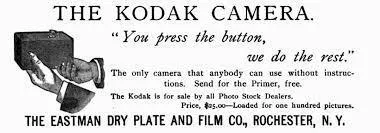
In The Field Of Photography, Kodak Camera Also Shouted Another Famous Slogan: "you Press The Button And Leave The Rest To Us.". The Promotion Of Buttons By Kodak And Otis Elevators Represented The Idea That Consumer Oriented Technology Was Eager To Convey Automation And Self-service Experience To The Public, So As To Attract Consumers.
By Promoting Push-button Switches, These Companies Hope To Peddle The Concept Of Empowerment - Humans No Longer Need To Train, Think And Feel Nervous For Production, But Just Leave It To Machines.
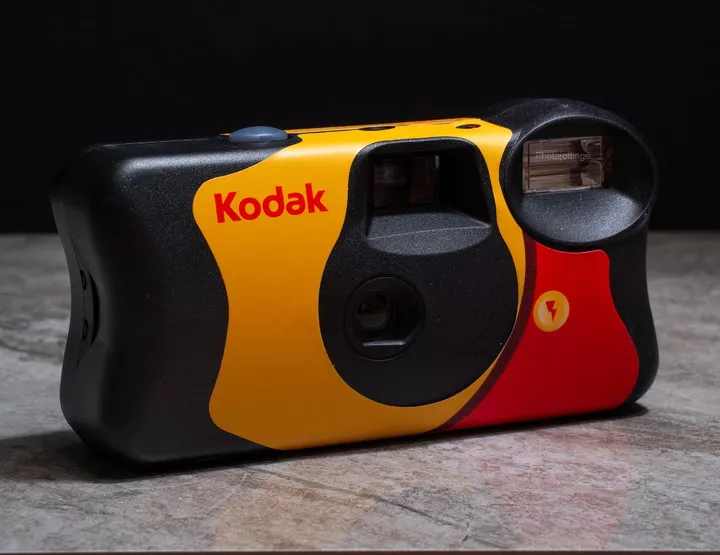
This Practice Of Peddling The Concept Of Convenience Can Still Be Seen Everywhere. Think About The Publicity Of "taking Beautiful Photos With You" Is It The Same As Otis Elevator A Hundred Years Ago?
Convenient Button Switches Have Great Potential To Create Profits. Some Companies Have Also Begun To Transform The Buttons To Make Them Suitable For More Scenarios And Improve The Operability Of Convenience.

For Example, The Horn Button Of The Car Begins To Become Larger, So That The Driver's Fingers Can Sound The Horn From Any Direction, So As To Avoid Distraction In The Process Of Driving.

If We Want To Condense All Human Ideas About The Button, The Final Button Will Probably Be The Red Button On The Mentor's Chair Of Good Voice: It Has Simple Functions, Symbolizes Power, Can Control Emotions, And Most Importantly, Its Huge Volume Makes It Easy For Anyone To Press It.
From Reality To Emptiness
The Second Explosive Growth Of Buttons Starts From The Time When Human Beings Move To Live In Front Of Computers. To Be Precise, It Is The Birth Of Mouse And Graphical Interface.
Although We Usually Associate The Keyboard With The Mouse When We Think Of Computer Peripherals, But Back To The History Of The Computer, The Birth Of The Mouse Is Much Later Than The Keyboard.
Before The Emergence Of The Mouse, People Operated The Computer Mainly By Inputting The Command Line Through The Keyboard, Which Is An Efficient Way Of Human-computer Interaction, But For People Who Have Not Been Exposed To The Computer And Computer Language, It Is Tantamount To Writing Heavenly Books.
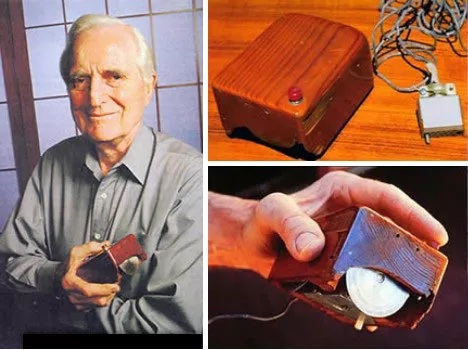
In Order To Make It Easier For Users To Operate Computers, Douglas Engelbart First Introduced The Mouse As An Interactive Interface In 1968, So That People Can Easily Operate By Sliding Their Hands. "Click" Has Become A Daily Activity Of People Surfing The Internet.
After The Computer Changed From The Command-line Interface To The Graphical User Interface, The Importance Of The Mouse Began To Rise Sharply. You Can Operate Most Of The Functions Of The Computer Only With The Mouse Without Even Using The Keyboard. It Is Not Too Much To Compare The Mouse To The Extension Of The Adult Hand On The Computer Screen.
In Logitech's Early Advertisements, It Was Described As "rats Are The Best Friend Of Human Hands".
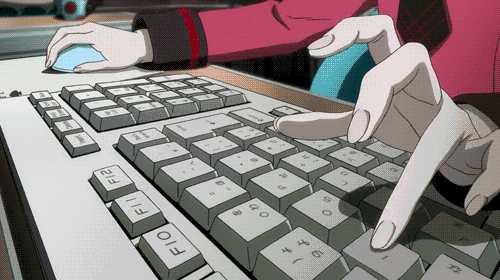
The Value Of The Mouse Is That It Always Connects Human Hands With Computer Hardware And The Digital World. As Long As You Click A Button, The Computer Will Listen To The User's Command, Which Is Almost The Same As The Operation Logic Accumulated By People In The Electrical Age In The Past.
The Difference Is That The Electric Button Hides Complex Circuits, While The Mouse Hides Equally Complex Program Characters.

Therefore, More And More Developers Begin To Map The Digital Experience Composed Of Program Code To People's Familiar Physical Experience. "Save" Has Become The Shape Of Disk, "home" Has Become A Small House Symbolizing Home.
When People Want To Issue These Digital Commands, They Just Need To Press These Virtual Buttons With The Same Digital Mouse. With The Development Of The Internet, People Want To Issue More Digital Commands (watching Movies, Playing Games, Shopping, Etc.), And The Virtual Buttons Also Grow Explosively.
Virtual Buttons Are Everywhere In Every Corner Of The Internet, But It Really Rules Our Lives Until People Really "press" Them.
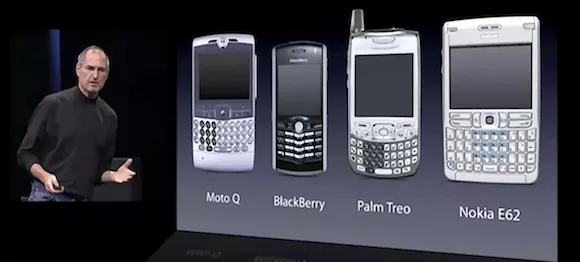
In 2007, When Jobs Released The First Generation IPhone, He Shared His Understanding Of Buttons. He Believed That Although Full Keyboard Phones Provide Users With Many Keys, When Users Need Some New Software Functions, These Full Keyboard Phones Can Not Flexibly Provide "new Keys" According To These Functions.
Jobs's Solution Is To Replace These Physical Buttons With A "big Button", The Touch Screen You Now Hold In Your Hand.
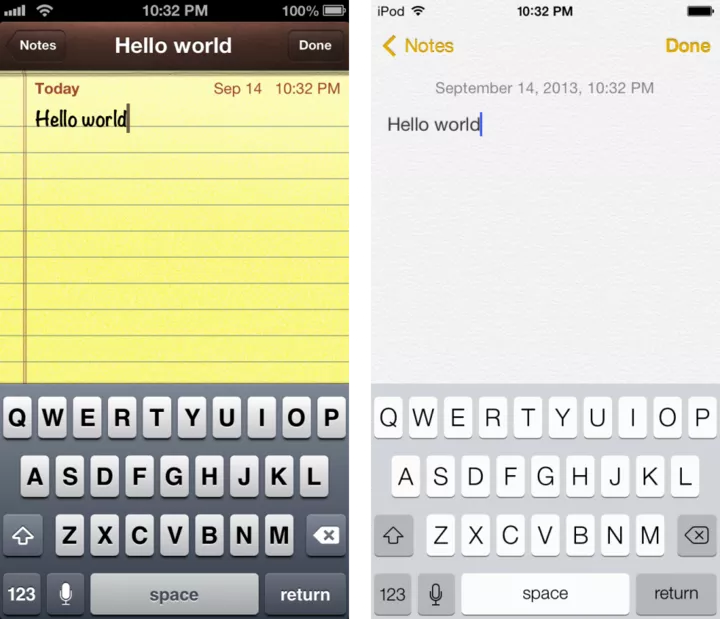
Although The Desktop Internet Is Very Mature At This Time, People Haven't Really Pressed Virtual Buttons With Their Fingers. Therefore, Another Challenge For IPhone After Killing Physical Buttons Is To Let People Learn And Get Used To Pressing Virtual Buttons.
The Following Story Is Believed To Be Familiar To Everyone. The IPhone Uses The "quasi Materialized" Design To Guide People To Directly Issue Digital Commands With Their Fingers, And Then Develops To "flattening" Several Years After People Form Habits, And The Virtual Buttons Begin To Break Away From The Shackles Of Form.
Virtual Buttons Can No Longer Perform A Single "press, Feedback" Operation As In The Past. Combined With Long Press, Press And Drag, Virtual Buttons Can Achieve More Functions.
After Hundreds Of Years Of Development, Although The Shape Of The Button Has Maintained Consistency, The Button Is No Longer Satisfied With Meeting The User's Single Imagination, But Creates More Possibilities For The User's Digital Experience.
Now, We Can Press The Button To Let The Express Train Pick Up And Deliver Goods Across Thousands Of Miles, Which Coincides With The Fantasy Of The British Writer Walter Crane In 1900.
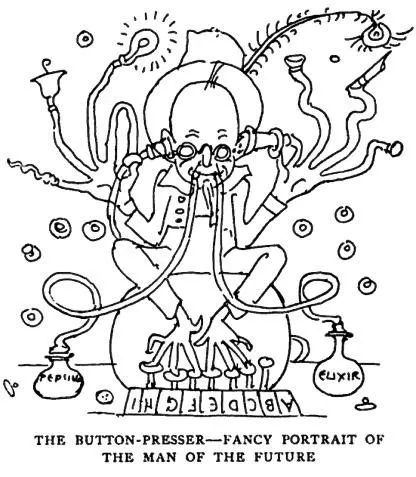
Walter Crane Imagines That In The Future, Mankind Will Become A "button Machine". Each Finger Is Connected With A Function Button. Moving Your Finger Can Turn On The Light And Answer The Phone. Looking Back Now, Walter's Assumption Is Still Too Conservative. He Still Can't Predict That Humans Will Brush Cute Videos On Their Fingers In The Future, And Spare No Effort To Praise Them.
The Development Process Of The Button Is Like A Condensed History Of Science And Technology. Its Form And Function Evolve With The Progress Of Science And Technology. Therefore, Whether The Button Will Exist In The Next 100 Years Or Not, Its Magic Will Not Disappear.